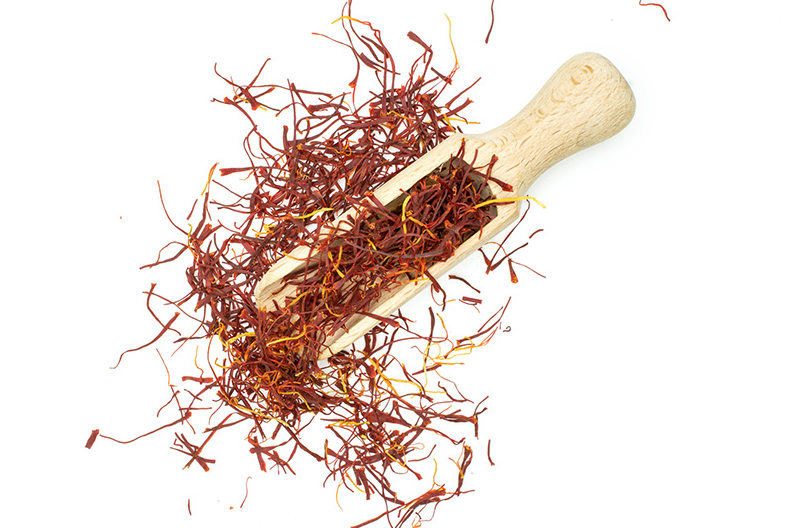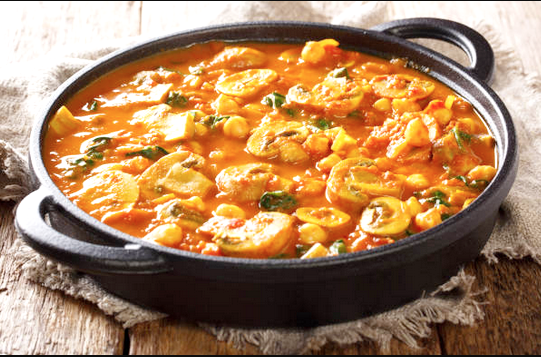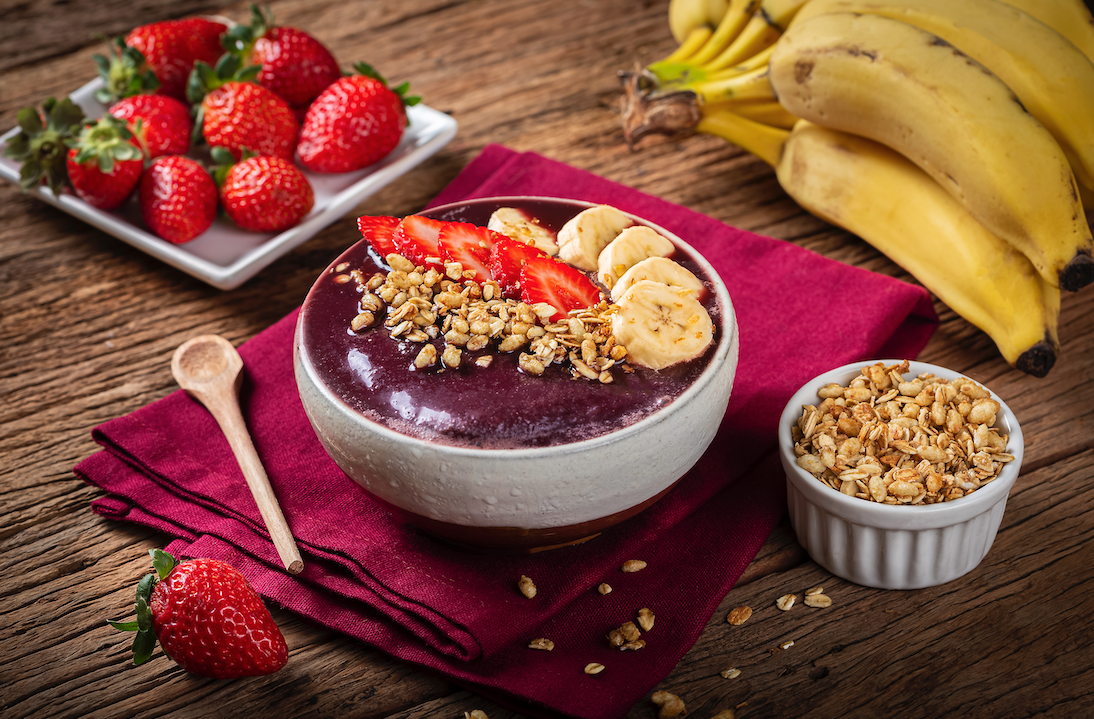
False Irish moss
It's a type of algae, or seaweed. It is mainly used as a source of vitamins and minerals to benefit overall health, and it’s often combined with remedies such as turmeric, burdock rock etc to assist with overall health.
Usage
Hearth health
It is a great sources of omega-3 fatty acids, that is beneficial for hearth health.
Fights Cancer
Fucoxanthin and other carotenoids found in Irish moss act as antioxidants, which are known to help fight free radicals.
Cold or virus
Sea Moss Gel is often used in winter months to fight cold.

How to add false Irish moss to your diet?
Add to smoothy
Often added to smoothy.
Supplement
Comes in the form of a liquid extract, capsule, and powder.
The earliest record of collecting this seaweed is evidenced by 12th-century poems by monks.
Carrageenan is a food additive that can be derived or extracted from Irish moss.
The beneficial effect of using carrageenan in dairy products was already known several centuries ago in Europe and North America.
is found on the coast of the Atlantic Ocean in Britain, Europe, and North America.
About
Mastocarpus stellatus, commonly known as carrageenan moss or false Irish moss, is a species of red algae seaweed and closely related to Irish Moss (Chondrus crispus). It grows in the intertidal zone. It is most collected in North Atlantic regions such as Ireland and Scotland, together with Irish moss, dried, and sold for cooking and as the basis for a drink reputed to ward off colds and flu.
This alga is found on rocky shores, particularly in very exposed areas where it grows amongst barnacles and mussels. On less exposed shores, it is often abundant under fucoids. It mainly inhabits the lower shore and rock. We can find pools but in the shallow sublittoral and occasionally deeper waters.
Composition
This under-used seaweed is a well-known source of dietary fiber, protein, and minerals. It shows antioxidant activity in vitro due to sulfated polysaccharides of its soluble dietary fiber, mainly composed of kappa- and iota-hybrid carrageenan.
Science
Several reports have addressed the effects of edible seaweed in animal models, especially the effects on lipid metabolism in hypercholesterolemic rat modes. Intake of Mastocarpus stellatus could promote an improved lipid profile in the serum and a better antioxidant status in the caecum of healthy rats and might also be useful for the prevention of hyperlipidemia and thrombosis.
Safety
Two things to note when considering false Irish moss: It's not recommended for women who are pregnant or breastfeeding, because no research has been conducted on how it interacts with a fetus or newborn's system. This applies to individuals who are taking thyroid medication and keep an eye on their iodine intake as well.
Fun Facts
There is plenty of research on its potential to serve as an alternative to plastic.
Sources
Rupérez Antón, P., Gómez Ordóñez, E., & Jiménez Escrig, A. (2011). Nutritional Quality And Biological Properties Of Brown And Red Edible Seaweeds.
Carpena, M., Caleja, C., Pereira, E., Pereira, C., Ćirić, A., Soković, M., ... & Prieto, M. A. (2021). Red Seaweeds as a Source of Nutrients and Bioactive Compounds: Optimization of the Extraction. Chemosensors, 9(6), 132.



